The Ranger is one of the most difficult-to-use classes in Baldur’s Gate 3. These Dexterity-focused damage dealers excel at being a middle ground between damage, durability, and utility among the classes of the game.
Rangers contain several in-class features that make for somewhat difficult multiclassing. Thankfully, there are ways to make it work. Let’s explore why.
The best Ranger multiclass options in BG3
Rangers serve as an intersection between ranged or melee damage, medium-strength spellcasting, and relatively okay durability. They lack only in that they are not quite the top of the totem poll in any category. They do great damage, they are tanky, and they have some utility spells, but they fail to be quite as potent as other classes that are more focused.
Multiclassing your Ranger can help align them in a specific direction. It’ll make the endgame features of the Ranger less prevalent, but those features are largely ineffective compared to multiclassing.
Natural Assassin: Ranger 7/Rogue 5
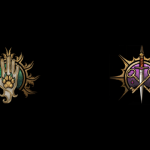
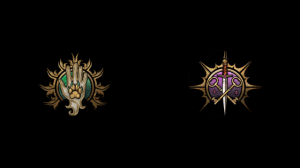
- Role in party: Start-of-combat damage dealer.
- Pros: High damage during the first round of combat, great dice rolls out-of-combat, fantastic bonus actions.
- Cons: Lose access to endgame Ranger magic, lose several utility features such as Land’s Stride and Hide in Plain Sight.
- Feats: Ability score improvements.
- Important magic items: The Dead Shot or Gontr Mael, Armor of Agility
The Natural Assassin focuses on the Ranger’s Gloom Stalker subclass and the Rogue’s Assassin. The goal is to deal massive damage during the first round of the fight to make fights easier, potentially bypassing combats altogether.
The build
The Natural Assassin starts as a Ranger, gets to level five for multi-attack, and then tracks to Rogue for three levels. Then, you finish out your two Ranger levels and then two Rogue levels. The Half-Orc race is highly recommended for this build since your goal is to critically hit very often.
You only care about Dexterity and Constitution, each of which should be at least 16. Your skills should be built to cover your party’s weaknesses, but your Sleight of Hand will be quite good, should you take Expertise in it.
Your subclasses will be Gloom Stalker and Assassin, two classes with the unique goal of doing a lot of damage in the first round.
You get two Favored Enemies and Natural Explorers with this build: We recommend Ranger Knight, Keeper of the Veil, Beast Tamer, and Wasteland Wanderer: Fire. Misty Step
When playing as a Rogue/Ranger assassin, you’ll benefit from doing a lot of stealthy kills. To make these stealthy kills easier to come by, you’ll want to maximize your character’s maneuverability. To that end, using a spell like Misty Step can really help you move your character around. One of the best ways to get this spell, is to nab the aptly named Amulet of Misty Step from within the Defiled Temple in Act One.
You should grab the Archery fighting style, as the Ranger is uniquely good at ranged weapon attacks. As for the two feats you’ll collect, getting your Dexterity to 20 should be a priority. If you wish to dal additional damage, Sharpshooter is a reasonable feat to bump your damage up a bit.
As for spells, make sure you get Hunter’s Mark. Other spells can mostly be used to patch holes in your party. Big winners include Goodberry, Speak with Animals, Lesser Restoration, and Spike Growth.
Uses
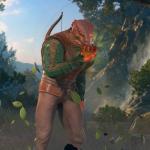
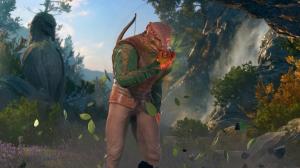
The entire goal of the Natural Assassin is to deal as much damage as possible in the first round of combat. To do so, try to bump up your initiative with items like the Sentinel Shield or Ambusher. That’s because the Gloomstalker gives extra speed and initiative while the Assassin archetype guarantees critical hits if you attack surprised characters.
Try to initiate fights yourself whenever possible. If you know that your party is going to fight a group, make sure your arrow flies first. Cast Hunter’s Mark early and often to get more dice, but make sure you surprise anyone you meet which you know you won’t like. Sometimes, this will let you silently kill an enemy without starting an engagement, which feels fantastic.
As combat moves on, you’re still a Ranger Rogue. Target the people your melee fighters are next to and chip away at health bars.
As for out-of-combat, your Expertise should be enough to let you auto-succeed on many types of rolls. Sleight of Hand is a popular one, but don’t underestimate Perception or Insight. Those are rolled often and can reveal hidden goals.
War Ranger: Ranger 8/Fighter 2/Barbarian 2
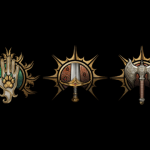
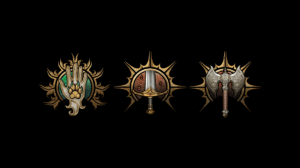
- Role in party: Frontline bruiser
- Pros: Action Surge, Rage for damage and defense.
- Cons: Reduced spellcasting potential. Lose a feat due to three-class split.
- Feats: Ability score improvements.
- Important magic items: Crimson Mischief, Knife of the Undermountain King, Bonespike Garb.
The War Ranger is a unique, Strength-based Ranger that utilizes the strong early levels of Fighter and Barbarian to improve your durability and more direct damage.
We use Strength instead of Dexterity to key off of the Barbarian’s Rage damage. You can still use Dexterity for this build, but it’ll lower your damage a bit.
The build
The War Ranger is a simple build. Put one level into Fighter for Heavy Armor, eight levels into Ranger, then the last Fighter level. Your last two levels are in Barbarian. We recommend starting this build at level six so you can access Extra Attack.
No race or background is required for this build. Half-Orc is theoretically the best, but not by a large margin.
Strength, Dexterity, and Constitution are all needed, so 16, 15, 16 is a good start. You don’t care about a single other mental stat, though Wisdom is nice for your spellcasting.
Your subclass is the Hunter. This just does flat damage and isn’t as reliant on Ranger levels as other subclasses. Choose Colossus Slayer for the extra d8 and Multiattack Defense to avoid taking a ton of damage from attacks.
This build gets two Favored Enemies and Natural Explorers. We recommend taking Bounty Hunter, Keeper of the Veil, Beast Tamer, and Wasteland Wanderer: Fire. If you choose Ranger first and take Fighter later, you might want to take Ranger Knight.
You get two fighting styles with this build: one from Ranger and another from Fighter. We recommend Two Weapon Fighting and Defense. As for feats, you want to pump Strength as high as possible. Two Weapon Fighting doesn’t have any feats that really improve things for you. If you decide to wear The Mighty Cloth, you can experiment with Dual Wielder, though that’s only a minor improvement to your stats.
Magical items for this class focus on dual wielding and weapon damage. Reckless Attack will let you hand hits very consistently. There are several strong items for dual wielding in BG3, including Crimson Mischief and Bloodthirst.
Uses
The War Ranger is a frontliner, focused on walking up toward enemies and swinging their weapons. They can use Action Surge to deal additional damage on a turn.
Because of your Barbarian levels, you can’t set up Hunter’s Mark willy-nilly. You should decide before a conflict whether you need to be a physical tank or a physical damage dealer. Rage will be plenty to keep you alive, with a large pool of health and surprising armor class when wearing medium armor. When dealing damage, Hunter’s Mark will be a big increase in damage, especially if you critically hit.
Out of combat, you’re likely not going to be worth too much. Your Athletics check is going to be strong, and a plus-two to Dexterity gives you passable Sleight of Hand. But you’ll otherwise let your party do most of the heavy lifting outside of fights.
Ranger of Spores: Ranger 6/Druid 6
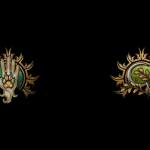
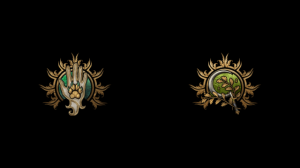
- Role in party: Frontline tank, damage control
- Pros: More advanced spellcasting, access to high numbers of temporary hitpoints, acceptable damage.
- Cons: Low-level spells, low feat count.
- Feats: Ability score improvements.
- Important magic items: Armor of the Sporekeeper
The Ranger of Spores adds Extra Attack and stronger armor to a Druid of Spore’s mediocre damage output.
The build
We recommend getting all five levels of Ranger before investing in Druid. This will mean your Symbiotic Entity is weak going into the midgame, but it’ll improve to an okay 24 temporary hit point shield by endgame. Race and background aren’t important, though Halflings are effective for preventing bad rolls.
Ability scores are somewhat flexible, though Dexterity and Wisdom are non-negotiable. Try to get to 16 in both of these stats. You’ll be focusing more on Dexterity than Wisdom over the course of your character’s career.
Your archetypes are Hunter and Circle of Spores. Hunter lets you deal extra damage per round with Colossus and dodging hits from Multiattack, while Circle of Spores focuses on the fascinating spore mechanic. For our sole Favored Enemy and Natural Explorer options, consider Bounty Hunter and Beast Tamer.
Our Fighting Style will be Dueling, letting us get surprising armor class with a shield—though, Two Weapon Fighting is reasonable for a damage-centric brew. Our feats will be simple ability score bumps to Dexterity, although War Caster is worth considering if you are willing to give your Ranger Auntie Ethel’s Hair.
Spells should be on the buff-based side, with Druid spells like Longstrider and Goodberry being excellent. This is because your Wisdom will likely only be plus-three or plus-four. Ranger spells don’t matter too much, as long as Hunter’s Mark is online.
This build relies on some specific magical items to be significant. Notably, the Armor of the Sporekeeper from Mystic Carrion allows your Ranger to spread spores that cause confusion, damage, or provide Haste.
Uses
This build relies a bit on tanking. While your Symbiotic Entity is active, you deal exceptional damage and resurrect enemies as zombies. Focus on chewing through low-health targets to gather a small army or focusing down a big boss with highly damaging weapon attacks.
Your concentration should almost always be with Hunter’s Mark, though some Druid options like Call Lightning can deal more damage in specific situations. Use your Halo of Spores very aggressively, as it applies terrible damage but can interrupt concentration or steal kills.
This build has one big problem; you need to keep your temporary hitpoints high. You get 24 of them, but they can go away quickly. Once you do, you’re not the strongest fella on the battlefield. Set the spores up early and be liberal with the short rests.
Others Asked
What are some class changes suggested by players for different characters in Baldur's Gate 3?
Players suggested changing Astarion into a Bard, Karlach into a Monk or an Eldritch Knight, and Shadowheart into a Light Cleric.
What is a multiclass build in Baldur's Gate 3?
A multiclass build in Baldur's Gate 3 involves taking a character who begins as one class and adding an additional class. This additional class gains fewer starting proficiencies and negates some bonuses, but class features and traits are added to your character almost verbatim. Some class features, such as Channel Divinity or Extra Attack, do not stack.
What aspect of Baldur's Gate 3 do players find particularly challenging?
Avoiding romance with companions is particularly challenging for players in Baldur's Gate 3.


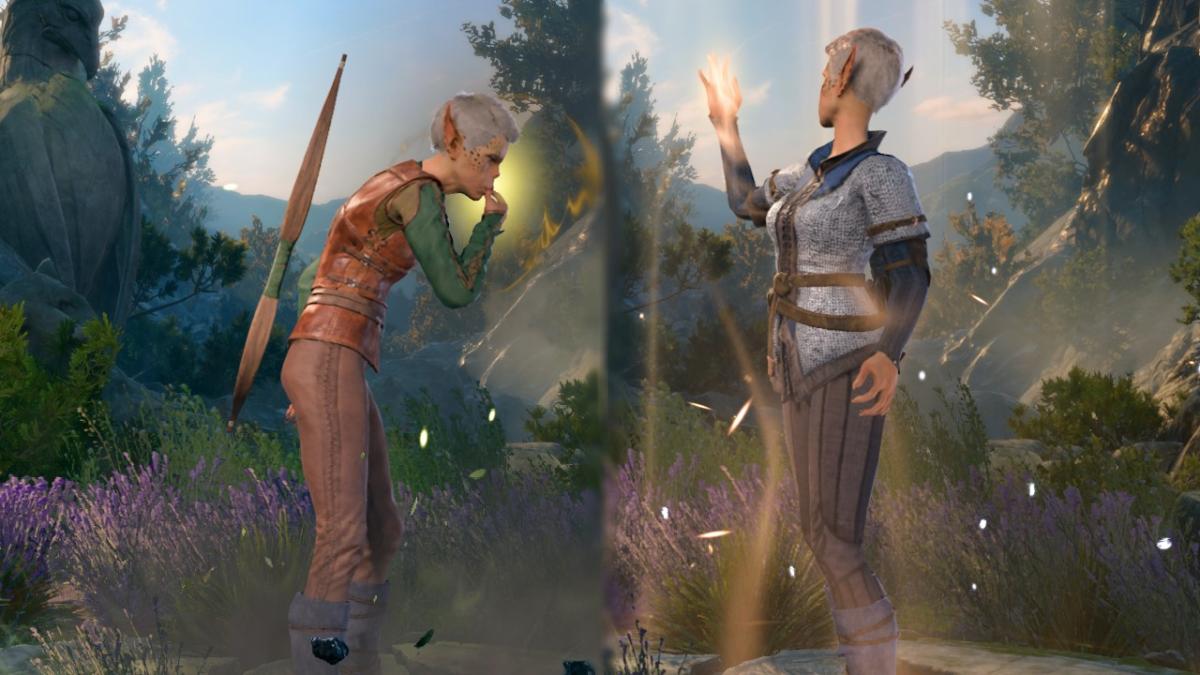
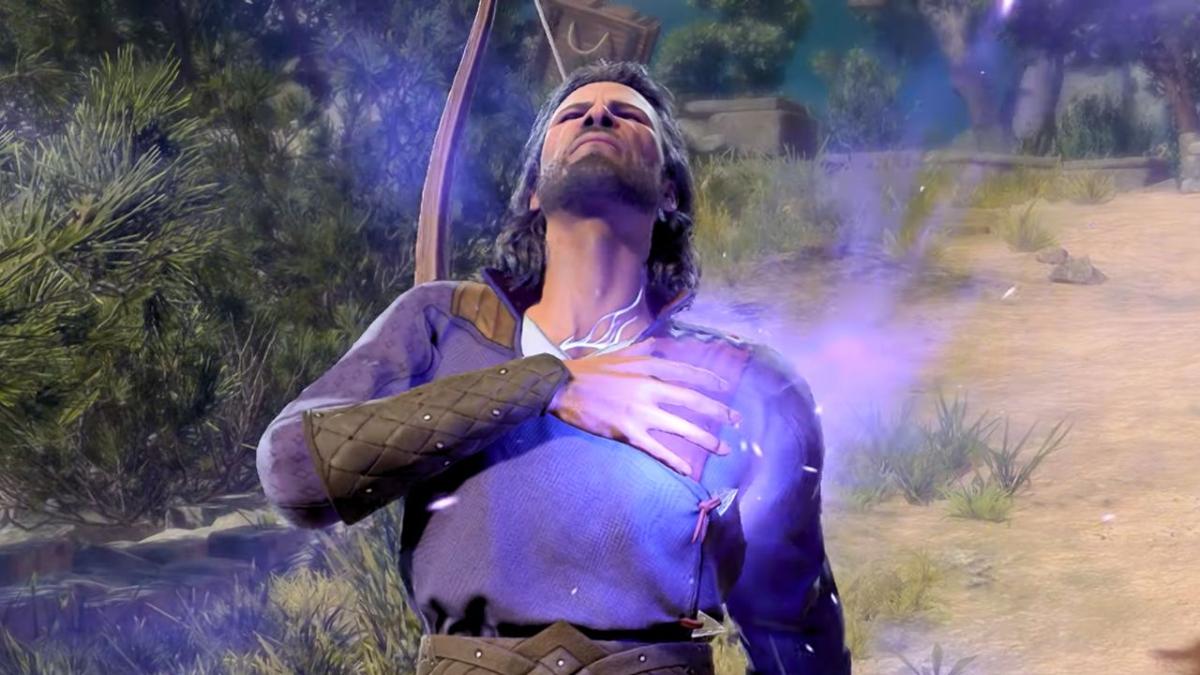

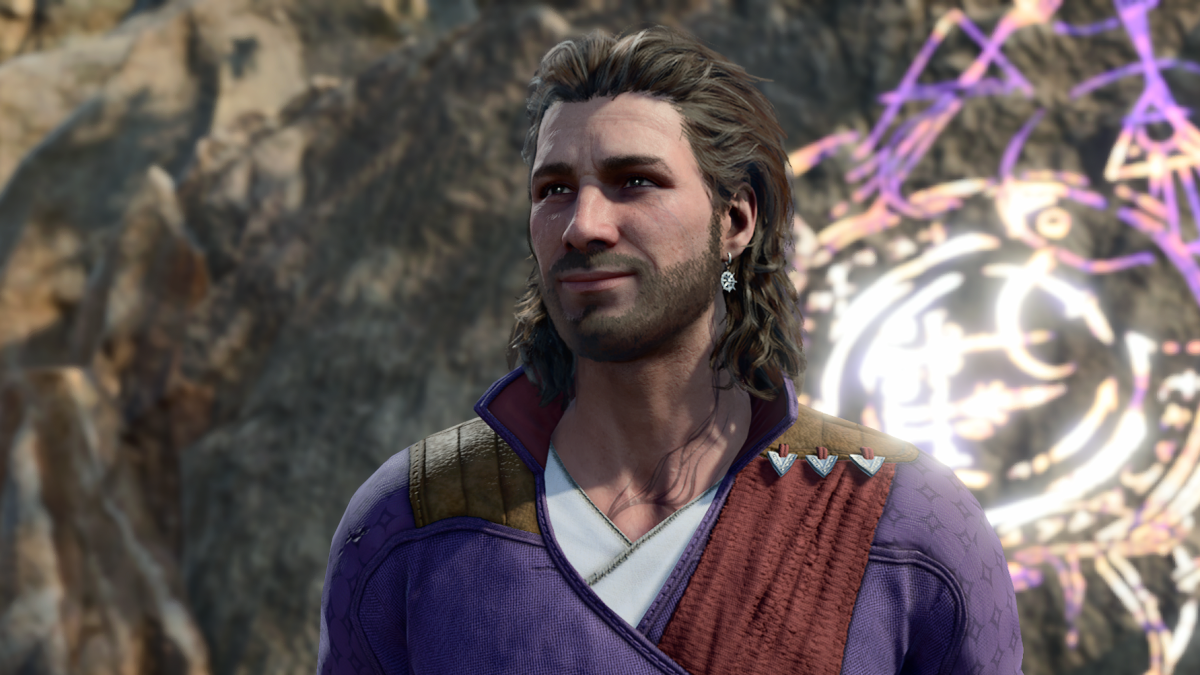


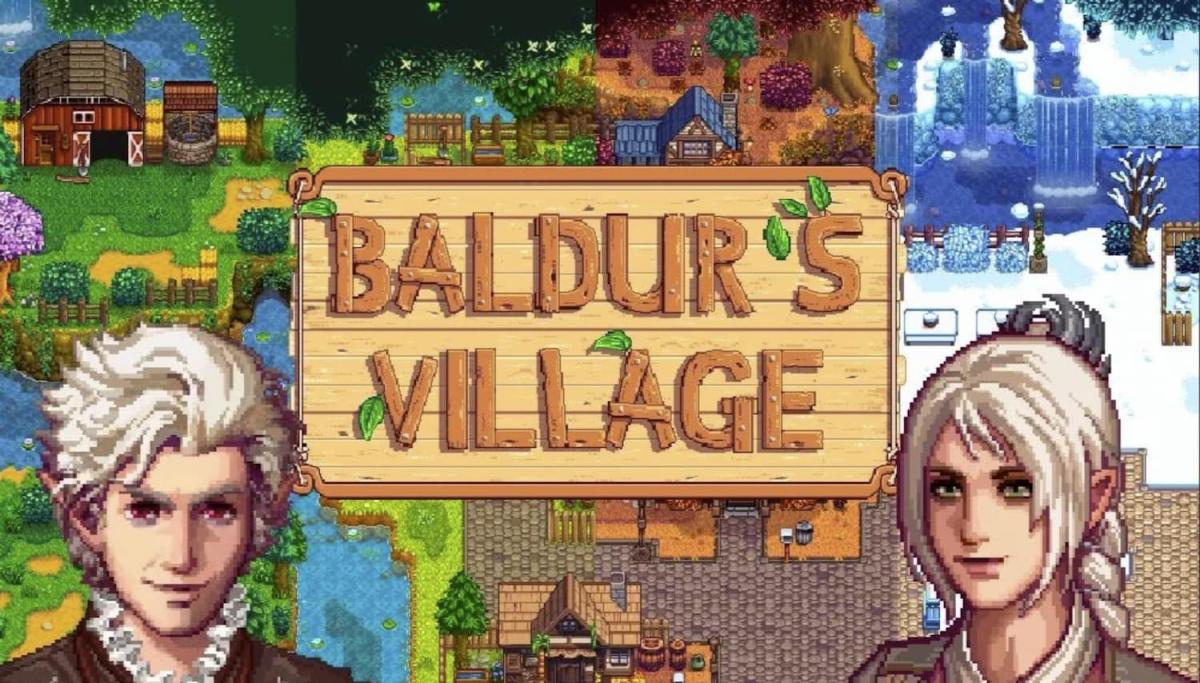
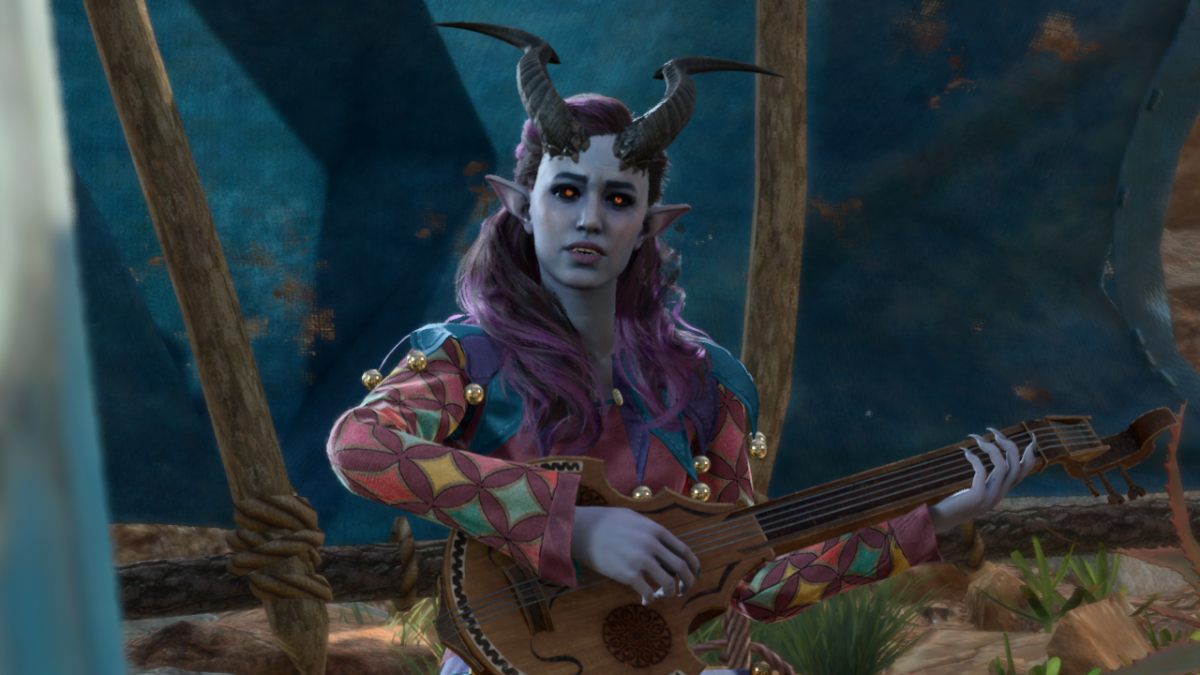
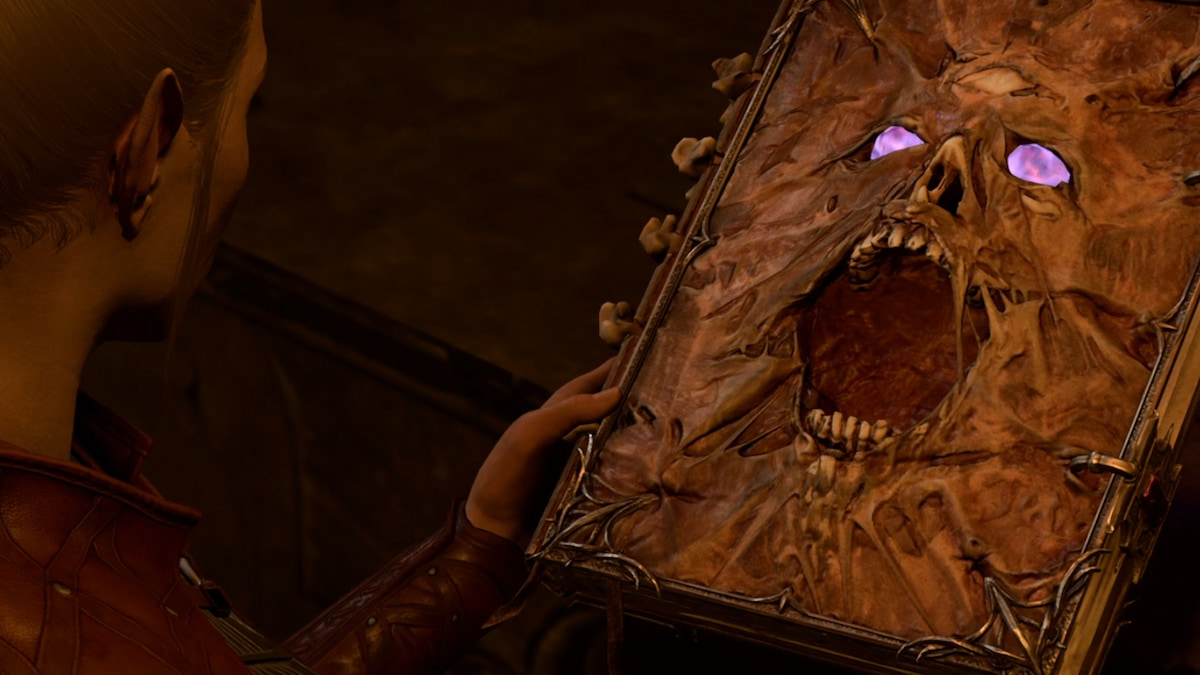

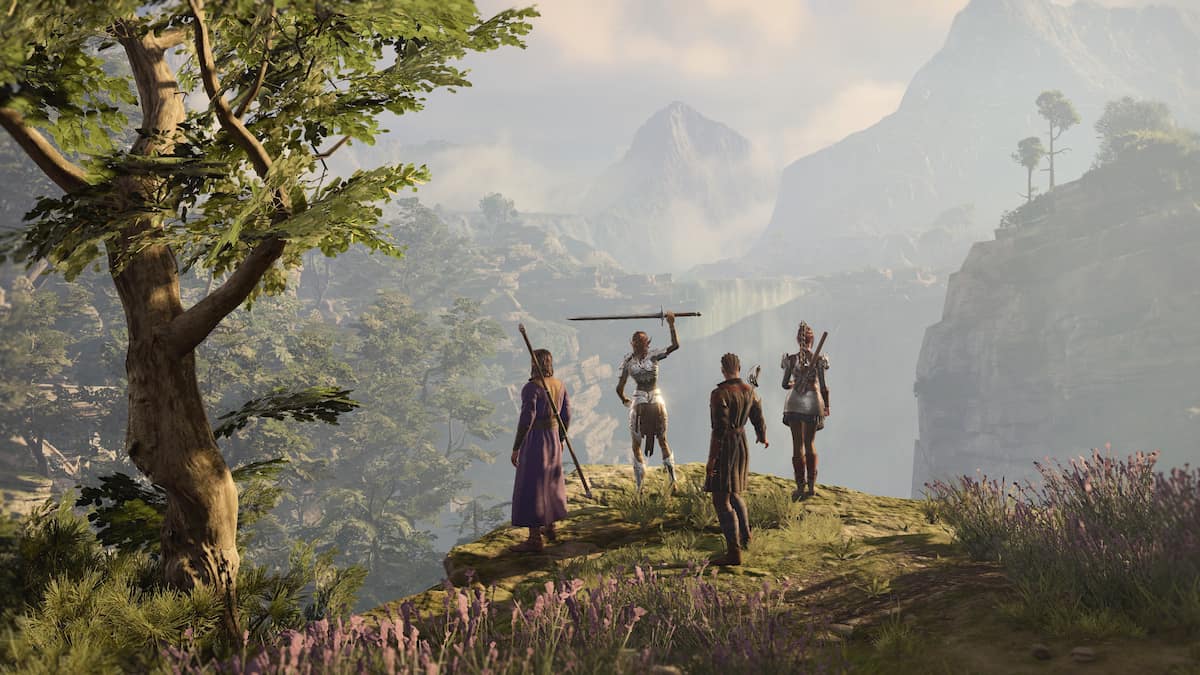
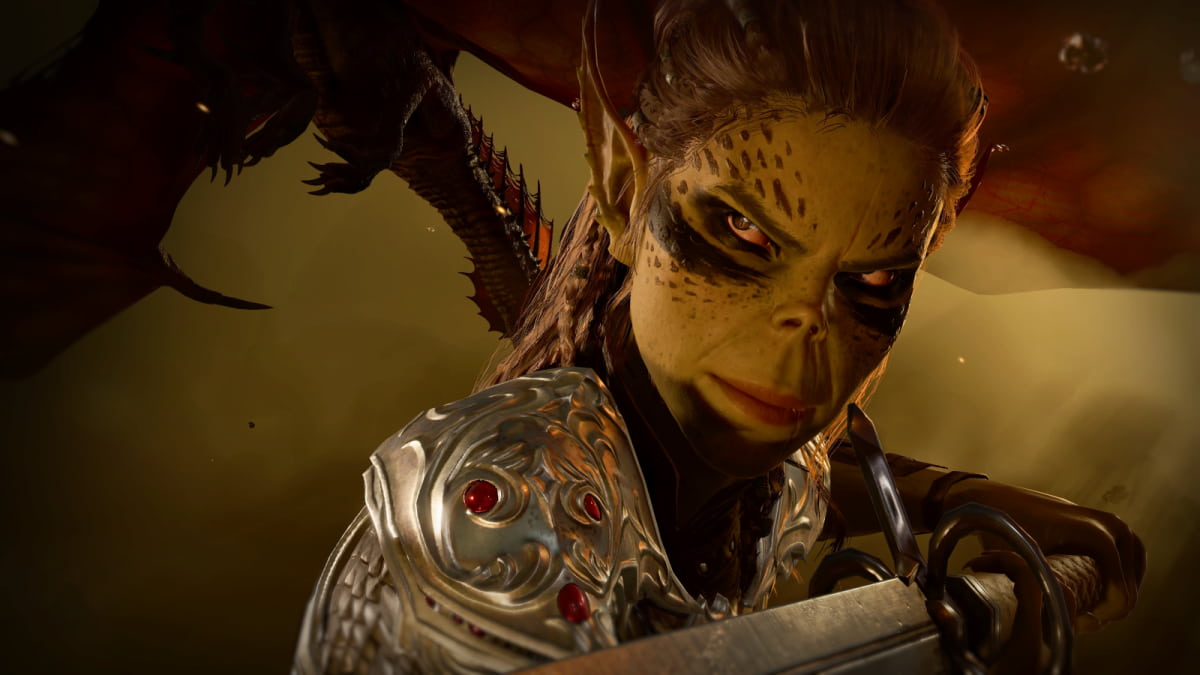
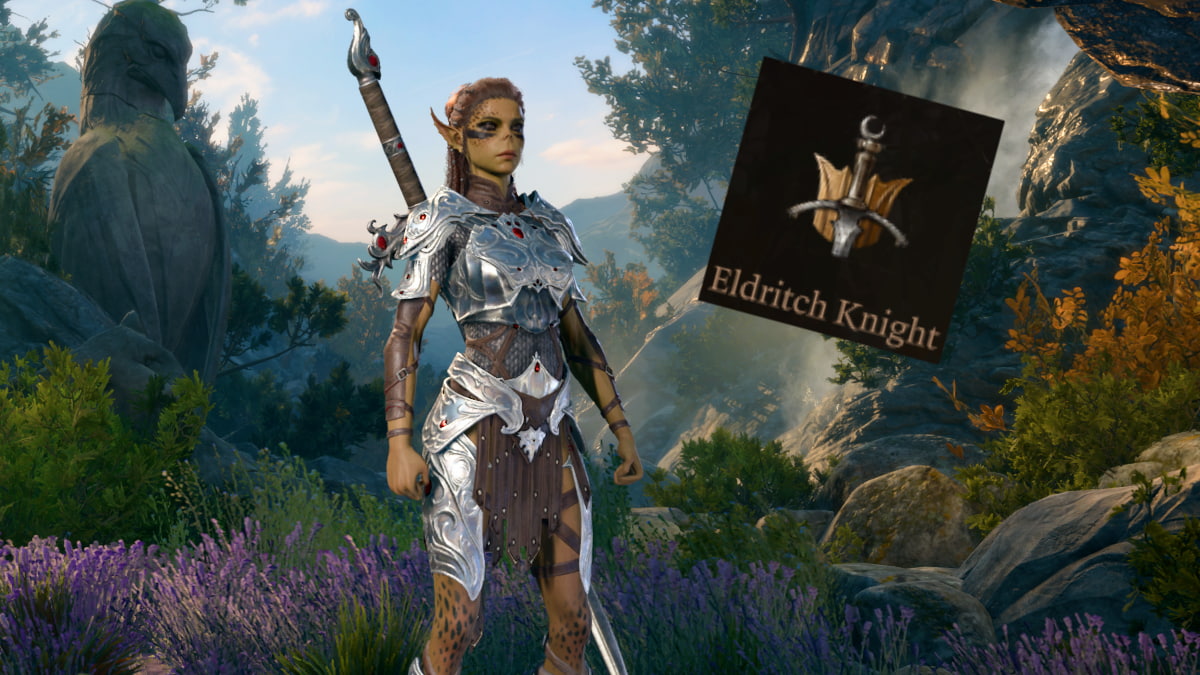
Published: Jan 22, 2024 05:41 pm